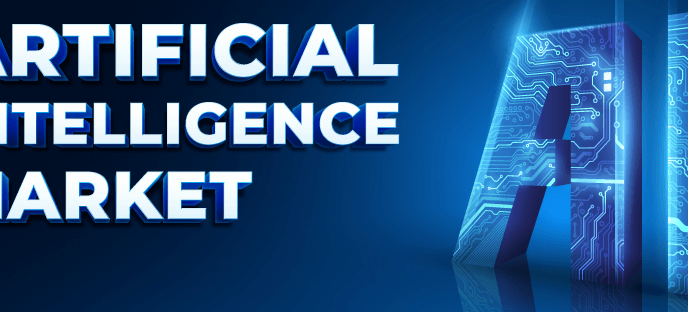AI’s ‘Oppenheimer moment’: Why new thinking is needed on disarmament
As the world grapples with the complexities of artificial intelligence (AI), a pressing concern has emerged: how to ensure that this powerful technology doesn’t exacerbate existing threats to global security. In the realm of nuclear disarmament, the stakes are particularly high. As AI’s capabilities continue to evolve, it’s crucial that policymakers, experts, and citizens alike rethink their approach to reducing nuclear arsenals.
What is an ‘Oppenheimer moment’?
In 1945, J. Robert Oppenheimer, the director of the Manhattan Project, famously reflected on the devastating power of the atomic bomb: “Now I am become Death, destroyer of worlds.” This phrase has since been coined as the ultimate symbol of the nuclear era’s existential threat. Fast-forward to today, and AI is poised to have its own ‘Oppenheimer moment’ – a turning point where humanity confronts the potential consequences of unleashing this technology without careful consideration.
The rise of autonomous weapons
Autonomous weapons, also known as ‘killer robots,’ are becoming increasingly sophisticated. These systems can select and engage targets without human intervention, raising concerns about accountability, morality, and control. The development of AI-powered autonomous weapons has sparked a global debate on the ethics and implications of such technology. As AI capabilities continue to advance, the threat of autonomous weapons being used in combat zones or even for nuclear disarmament becomes more pressing.
The intersection of AI and nuclear security
The convergence of AI and nuclear security poses significant challenges. AI-powered systems can be used to enhance surveillance, detection, and monitoring, but they also introduce new vulnerabilities and potential risks. For instance:
AI-enabled nuclear command and control: AI can optimize nuclear command and control processes, allowing for faster decision-making in crisis scenarios. However, this increased speed can also create opportunities for accidental or unauthorized launches.
AI-driven nuclear detection: AI-powered sensors and algorithms can improve nuclear detection capabilities, but they may also introduce false positive alarms or misidentify targets, leading to unnecessary tensions.
New thinking on disarmament
To address these concerns, a new approach to disarmament is needed. This requires considering the implications of AI on nuclear security and developing strategies that account for its potential benefits and risks. Some key areas for consideration include:
International cooperation: Strengthening international partnerships and agreements can facilitate the sharing of best practices, standards, and guidelines for AI development and use.
Transparency and verification: Ensuring transparency in AI-powered systems and verifying their performance can help build trust among nations and reduce the risk of misinterpretation or misuse.
Nuclear security governance: Establishing robust governance frameworks that regulate AI development, deployment, and use can mitigate risks and promote accountability.
Conclusion
As we stand at the cusp of AI’s ‘Oppenheimer moment,’ it’s essential to recognize the significant implications this technology has for nuclear disarmament. By acknowledging the potential benefits and risks of AI, policymakers, experts, and citizens can work together to develop innovative solutions that prioritize security, transparency, and cooperation. The time is now to rethink our approach to disarmament in the age of AI – it’s a matter of global security and humanity’s very survival.
Statistics:
Estimated 1.4 million civilian casualties resulting from nuclear war (Source: International Committee of the Red Cross)
64% increase in autonomous weapon development over the past decade (Source: UN Institute for Disarmament Research)
Timeline:
2020: The United Nations convenes a Group of Governmental Experts on Lethal Autonomous Weapons Systems to discuss the ethical implications of AI-powered autonomous weapons.
2025: A new generation of AI-powered sensors and algorithms is expected to revolutionize nuclear detection capabilities, posing both opportunities and challenges for disarmament efforts.
As we navigate this complex landscape, it’s crucial that we prioritize a holistic approach to disarmament that accounts for the transformative power of AI. The world is watching – will we rise to the challenge?







